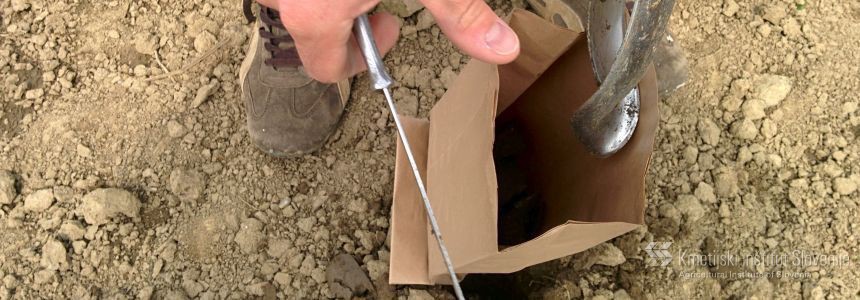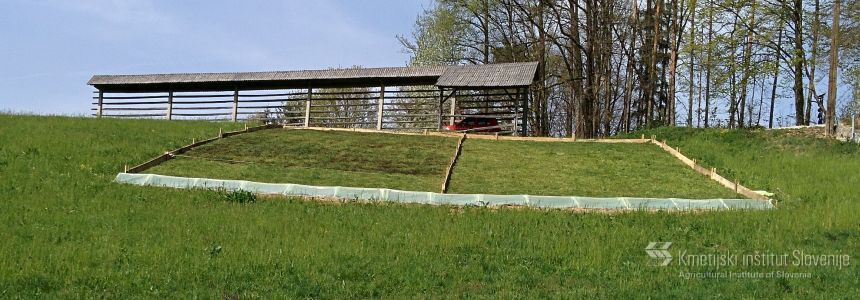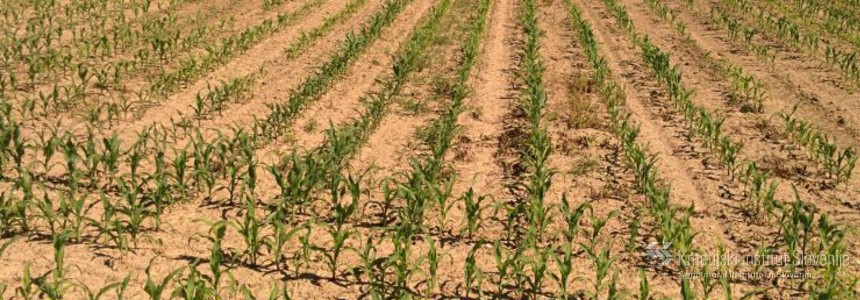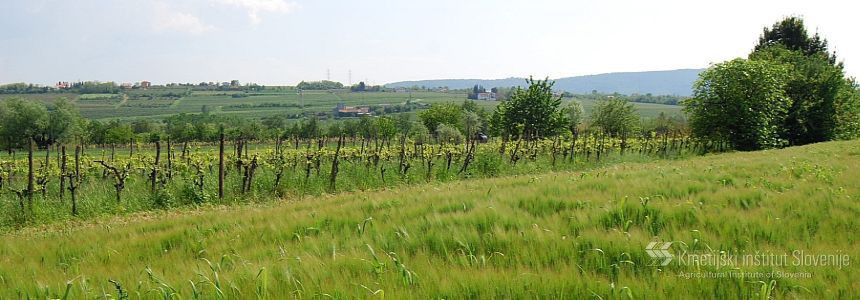
»HALT AMBROSIA – Complex research on methods to halt the Ambrosia invasion in Europe«
Official project website
Duration: february 2011 – february 2014
Lead coordinator: Julius Kühn-Institut, Federal Research Centre for Cultivated Plants (JKI), Germany
Backround: The overall aim of the project is to contribute to the reduction of the prevalence of Ambrosia artemisiifolia in European countries in order to reduce the burden on public health, agriculture and biodiversity. To this end the gaps in the existing information needed for understanding historical successes and failures of prevention, control and eradication activities will be analysed. This includes a fuller understanding of critical elements in the life history of
common ragweed and an evaluation of chemical, mechanical and biological control measures.
Objectives:
- Developing strategy elements for the reduction of the occurrence of ragweed and its pollen in countries where the species is already established, e.g., Hungary, Slovenia, parts of Austria, and South-eastern Central Europe and for the prevention of further import and spread in countries not yet heavily infested, such as Germany, the Netherlands and Northern European countries.
- The existing information needed for understanding historical successes and failures of prevention, control and eradication activities will be analysed.
- Assessing the power of various control methods must consider not only their effectiveness as regards their potential to completely destroy populations of the plant and their seed bank, but also their efficiency with regard to cost and their effects on non-target organisms. Improvement of mechanical control methods has a special importance in the course of policies that strive to minimise the use of pesticides
- The usability of different control measures depends on population characteristics (size and age of populations) and the special features of sites occupied by common ragweed. In regions with low infestation rates measures aiming at eradication can be applied whereas in heavily infested regions control measures can only result in the suppression of populations.




